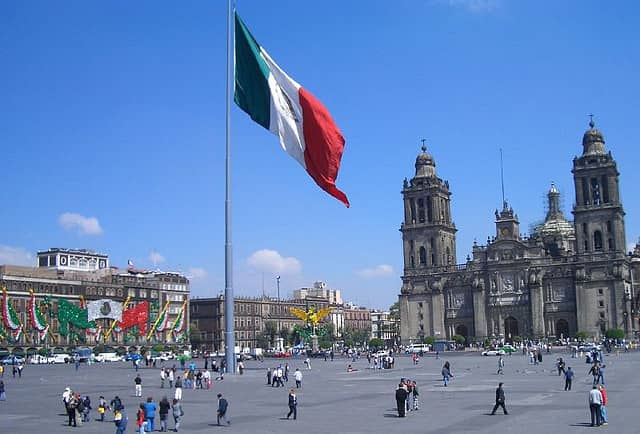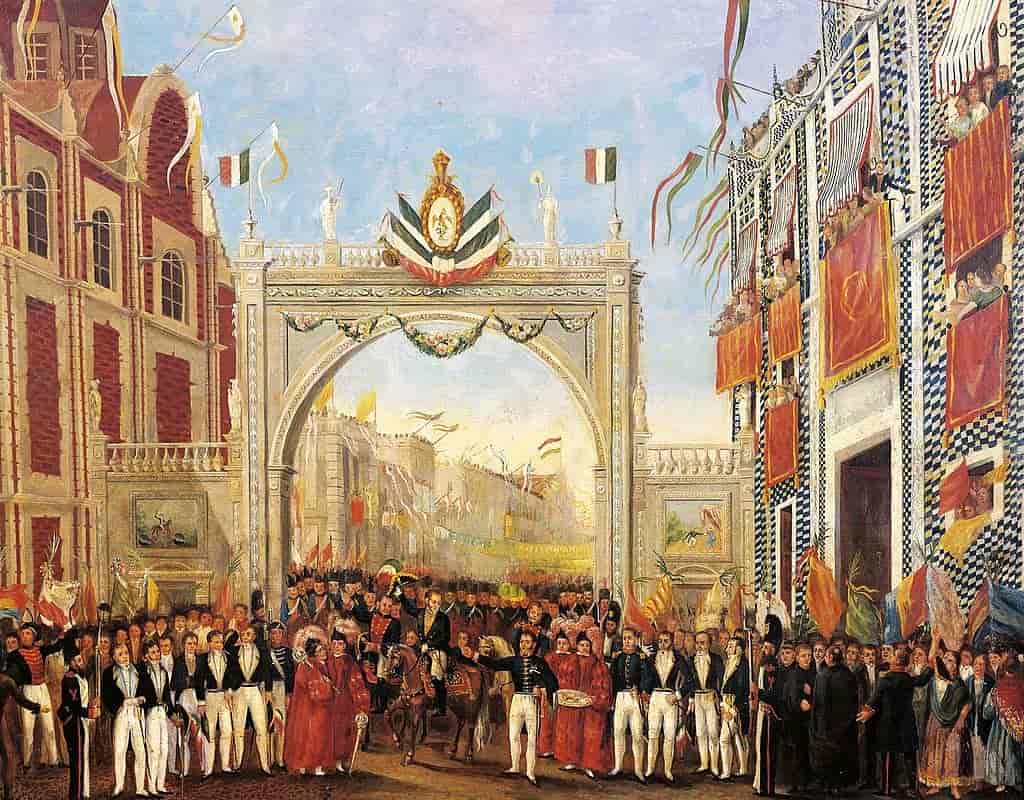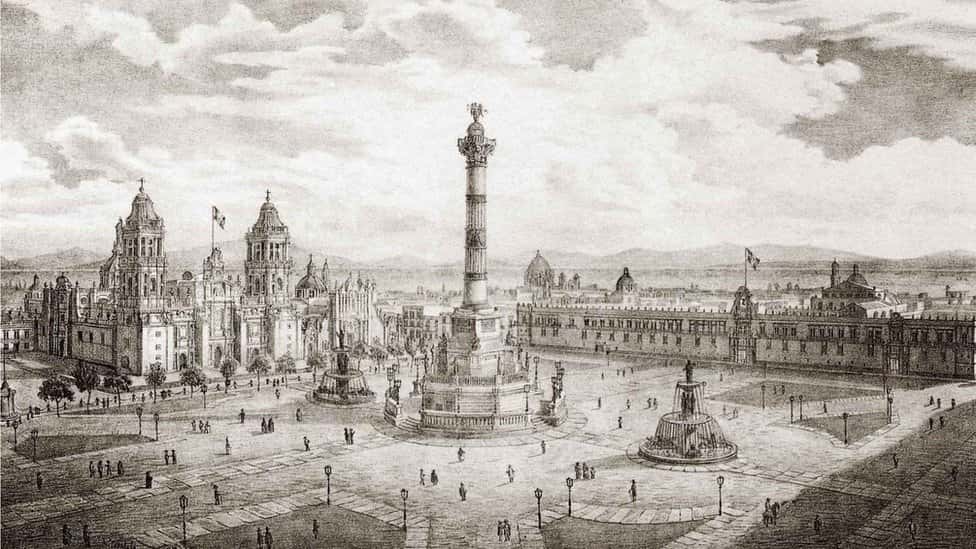Will there be the Sep 15th shout in the Zócalo and the military parade?
The Mexican President AMLO recalled the importance of commemorating the 211th anniversary of Mexico's Independence.

A week away from celebrating one more year of Mexican Independence, President Andrés Manuel López Obrador (AMLO) was questioned about the traditional celebration of the "grito" in the Zócalo square, as the pandemic of AIDS-19 continues to prevail in our country.
In a morning press conference, the Mexican President said that the celebration will be held, however, he mentioned that they are still analyzing how the parade will be held on September 16 for the 211th anniversary of Mexico's Independence due to the SARS-CoV-2 virus contagion. "We are analyzing it, today we are going to have a meeting to see how the ceremony will be carried out," said the Mexican President from the National Palace.
He also took the opportunity to recall that the cry of Independence is an act of freedom and justice, while the consummation of such a historic act had to do "with a cupular arrangement". "What do we commemorate more, the cry or the consummation of Independence? The cry, because it is a cry for freedom and justice. The consummation had to do with a cupular arrangement (...) but Hidalgo and Morelos were looking for justice and equality", mentioned the Mexican president.
Likewise, he highlighted the importance of continuing with the tradition of the Independence Day parade, which is held on September 16, one day after the Grito. "That is why we are going to commemorate the Cry of Independence on the 15th at night and the following day the parade because it is to continue with a tradition and not be so demanding about the time, the day, that is why wisely there are two days, the 15th and the 16th because there are historians who maintain that the cry was on the 16th in the morning," said López Obrador from the National Palace.

Why the main squares of cities in Mexico are called Zócalo
In Mexico that word, "zócalo", is such an exact noun that it even forms part of the meanings of the Diccionario de la Real Academia Española (RAE) due to its common use in the country. "The main square of a city, especially that of the Federal District", says the RAE with a certain decontextualization, because a few years ago the Mexican capital stopped being called that way and became Mexico City (CDMX).
Its Constitution Square is considered the political and cultural heart of the country since pre-Hispanic times and has been the epicenter of key moments. Many call it simply El Zócalo, a colloquial name that arose from an unfinished architectural project. The nickname later became commonplace beyond the capital.
An inconclusive idea
A zocalo in architecture is a foundation, a structure that serves as a body or lower edge of work or as a pedestal to erect a construction. In one of the presidencies of Antonio López de Santa Anna, who served as Mexico's elected or de facto government between 1833 and 1855, the president ordered in 1843 the construction of a monument to Independence in the heart of the capital.
The El Parián market, which was located in what is now the plaza and whose origins went back to a market of the Mexica Indians, was demolished so that the work of the architect Lorenzo de Hidalgo could be built there. The archaeologist Alejandro Meraz, from the National Institute of Anthropology and History (INAH), explains: "From a meter high base, he was going to plant a column that was going to have an angel in the upper part".
But the economic and political problems and the U.S. invasion of Mexico in 1845 led to the abandonment of the work. Only the circular base, the plinth, eight meters in diameter and almost 30 cm high, could be built. The project remained buried and this large space became the square of great dimensions, with designs from different periods that exist today.
The square was popularly renamed Zócalo because the site exposed the base for several years. The idea of erecting a column with an octagon base, with the sculpture of an Independence hero in each corner and their bodies inside the structure was never produced, but it inherited the name of zócalo.

Square of which Constitution?
It is no coincidence that the urban layout of many cities and towns in Mexico starts from a central plaza flanked by a government palace and a church. It was so ordered in the Laws of the Indies promulgated in the decade of 1570 under the reign of Philip II, which gave a legal order to the viceroyalties and Spanish territories in America.
Mexico City's main square respects that ancient urban design until today, with the National Palace (1522) as the seat of the federal executive power, the City Hall (1532) of the local government, and the Metropolitan Cathedral (1571). The Zócalo is the meeting point for massive events in Mexico City, such as demonstrations and political acts, concerts that bring together more than 100,000 people, or to enjoy exhibitions or temporary cultural events.
The official name of Plaza de la Constitución also comes from the Spanish heritage and does not refer to any of the magna cards that Mexico has had. It was so named when the Spanish Constitution of Cadiz, enacted in 1812, was ratified in the capital of then New Spain a year later.
The other zócalos
Many cities and towns in Mexico designed under the colonial urban layout also have a central plaza, sometimes called "plaza de armas," or also "zócalo. This is due to the influence that Mexico City has had as a model to follow. The zócalo of the city of Oaxaca, that of the port of Acapulco, or of the colonial city of Querétaro, are some examples of how that term remained in the Mexican vocabulary as a synonym of the plaza.
Oaxaca, the capital of the state of the same name, has a kiosk in the center of its zócalo. In the northern state of Zacatecas, a mining city since colonial times, it also has a zócalo. Querétaro, one of the first cities founded by Spaniards, has a plaza de armas or zócalo.




